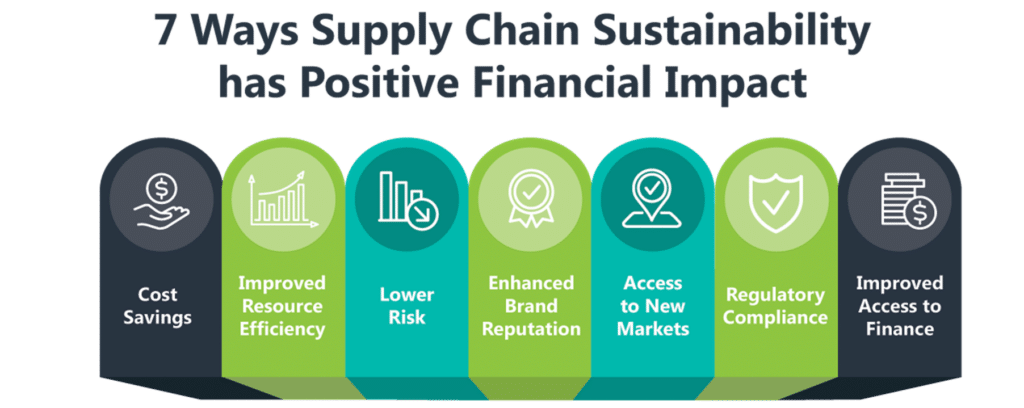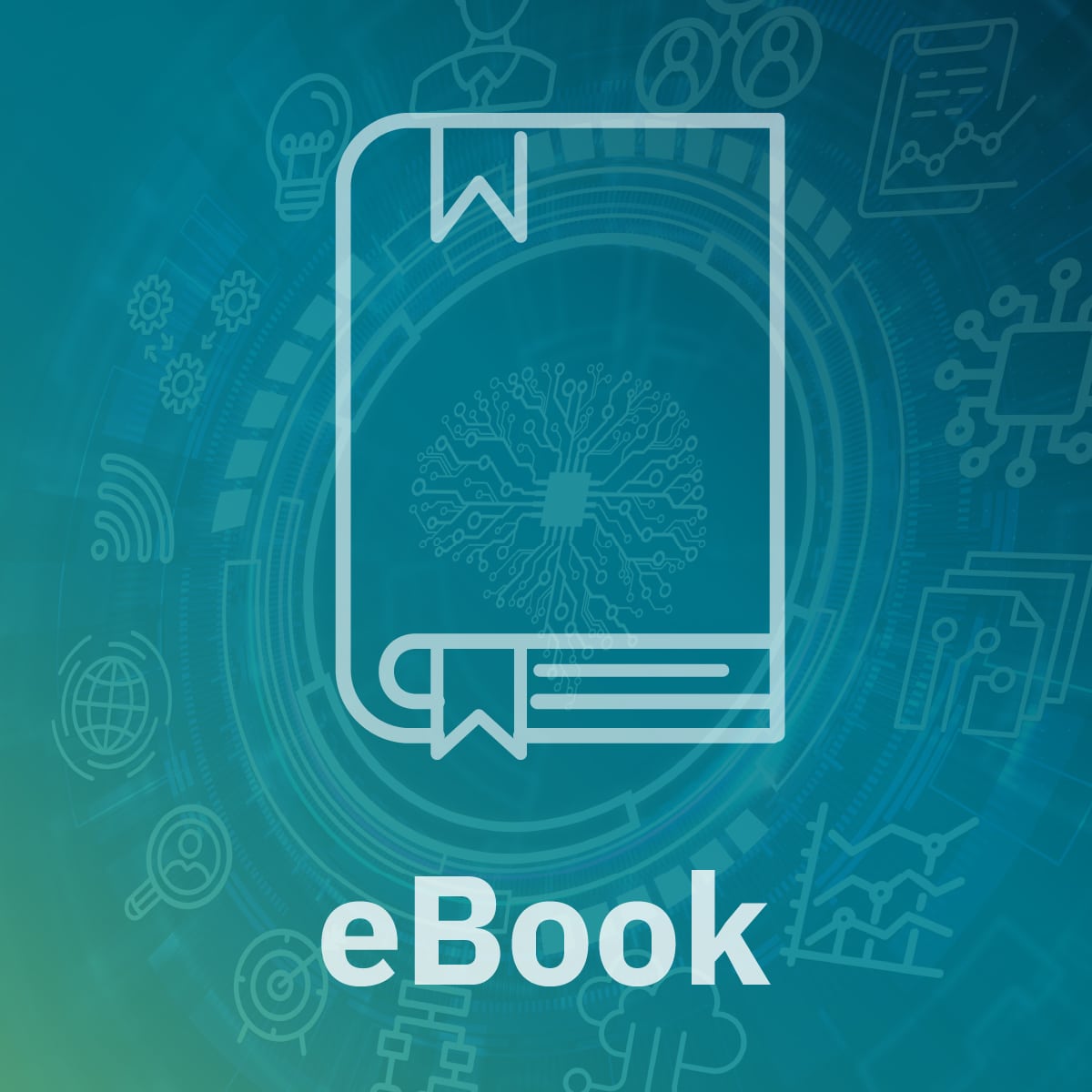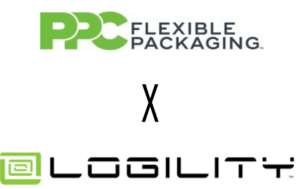Think you don’t understand supply chain? Believe it or not, you do it all the time!
If you’re not in the supply chain industry, you might not think about supply chain planning daily, or ever. Steve Ungar, vice president with Logility’s Product Management group, shares his thoughts on supply chain in everyday life.
When I talk about my job to my friends, I mention the importance of managing a good supply chain. Because of the heightened use of online shopping where everything seems to appear whenever you need it, their eyes glaze over when I talk about the supply chain industry. What they don’t understand is supply chain is part of their everyday life, even when it seems like everything you need is available at the click of a few buttons.
Let me explain.
When it’s time to do grocery shopping, you do demand planning every time you put together a list of what you might need.
You’re at home scrolling through your delivery app thinking of what you need for this week. You make chicken parmesan every week, so you know you need chicken, spaghetti, breadcrumbs, eggs, mozzarella, tomato, and wine. How much of each do you need? Since it’s just your family of 4 you need 2 pounds of chicken, 1 pound of spaghetti, a box of breadcrumbs, 2 eggs, 6 tomatoes, and a bottle of wine for the adults.
Congratulations – you just made a demand plan! After all, a demand plan is simply a forecast of how much product you need to meet demand. In this case, based on your experience you’ve forecasted how much you need of each of the ingredients to make chicken parmesan to feed your family this week.
Then you remember you invited another family of 4 over for dinner, so you decide that’s a good time to make your chicken parmesan – after all, everyone loves your chicken! You change your list (demand plan) to 4 pounds of chicken, 2 pounds of spaghetti, and since there’s now 5 adults and you drink more when you’re together you include 4 bottles of wine. You’re now using causal factors to refine your demand plan.
Causal forecasting uses factors external to the historic data to refine the demand plan. In this case, doubling the number of people doubles the amount of chicken and spaghetti you need (causal ratio of 0.5 pound of chicken and 0.25 pounds of spaghetti per person), but there’s a larger causal impact on the wine so need proportionally more wine (causal ratio of 0.8 bottles per adult).
Since you’re getting wine for the party anyway, you check your pantry to see how many bottles you have in inventory. You like to keep at least 8 bottles at all times because, well… you never know. Wow, did you know you were thinking about safety stock?
Safety stock is the minimum quantity of a product that you want to keep on hand, as a buffer to make sure you don’t run out. Your demand plan will define how much product you expect to use, but your safety stock provides an additional safeguard in case the actual demand is higher than your forecasted demand. This allows you to make sure your customers…. I mean your family… never runs out of wine.
Since you only have 5 bottles left, you’re below your safety stock level and need to get enough to meet your upcoming demand of 4 bottles – plus the 3 bottles needed to rebuild your safety stock. These 7 bottles are your supply plan, which is how much product you need to make or acquire to meet your demand plan. If you were going to pick up your groceries, you might start thinking about how long it’s going to be before you have time to go back for more and decide to get a total of 10 bottles. Now you’re double dipping in supply chain knowledge.
The time between this trip to the store and the next trip is lead time, which is how long it takes to make or acquire new products. The longer the lead time, the further out you need to plan because it takes longer to rebuild your inventory. You can use your online grocery delivery app to expedite the delivery instead of going to the store yourself, but then you have to pay the delivery fee. This is similar to options in a real supply chain, where you can shorten the lead time through expedited shipping at an additional cost.
Now that you have everything, it’s time to make dinner and you start figuring out how it’s all going to get put together. On the countertop, you put together the parmesan crust, dredge the chicken, and add the cheese. You could use the stove to make the chicken or the pasta, but you decide the chicken would be better in the oven while you cook the pasta on the stove. This is your manufacturing plan, which is the production and machine schedules used to meet your orders. In this case, the countertop, stove, and oven are all examples of manufacturing lines, and when you decided on cooking the chicken in the oven you were choosing the best line to produce your product.
You want to optimize your manufacturing plan to make sure everything finishes cooking at the same time. You don’t want the parts of your bill of material (BOM) getting cold (or increasing your carrying costs) while you finish cooking the rest of the meal (the finished good.) Since the chicken takes the longest to cook, you get that going in the oven first. Next, since the pasta and vegetables each take about the same amount of time, you start them together. Since you’ve taken the time to plan, all the food is done at the same time and it’s nice and hot.
Finally, it’s time to eat. You set the table, put out the plates filled with your delicious food, and fill the wine glasses (adults only!!!). While you sit there enjoying dinner with your guests, you think back on the entire supply chain that went into this dinner party. It really does happen all around you, not just at big companies.
Intrigued? Contact Logility or follow us on LinkedIn to find out more about how the supply chain works.





